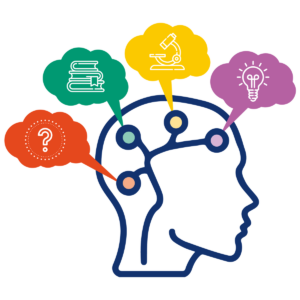Engineering Thinking: A Comprehensive Guide from Nisarg Desai's Idea / Prospect

Engineering thinking is a systematic approach to problem-solving that draws on principles of engineering to address complex issues efficiently and effectively. It involves critical and analytical thinking, creativity, and a structured methodology to design, test, and implement solutions.
Key Components of Engineering Thinking
Problem Identification and Analysis
- Defining the Problem: Clearly identifying the problem to understand its scope and impact.
- Analyzing Requirements: Determining the needs and constraints associated with the problem to guide the solution process.
Research and Data Collection
- Gathering Information: Collecting relevant data and researching existing solutions and technologies.
- Benchmarking: Comparing current solutions to industry standards and best practices to identify areas for improvement.
Idea Generation and Conceptualization
- Brainstorming: Encouraging creative thinking to generate a wide range of potential solutions.
- Concept Development: Refining ideas into feasible concepts that can be further analyzed and tested.
Design and Prototyping
- Detailed Design: Creating detailed plans and specifications for the chosen solution.
- Prototyping: Building prototypes or models to test and refine the design.
Testing and Evaluation
- Testing: Conducting rigorous tests to evaluate the performance and reliability of the solution.
- Analysis and Feedback: Analyzing test results and gathering feedback to make necessary adjustments and improvements.
- Final Production: Transitioning from prototype to final product or solution, ensuring it meets all requirements.
- Deployment: Implementing the solution in the real-world context and monitoring its performance.
Iteration and Continuous Improvement
- Feedback Loop: Continuously collecting feedback and performance data to identify areas for further enhancement.
- Iterative Design: Making iterative improvements to refine and optimize the solution over time.
Applications of Engineering Thinking in Everyday Life
Home Improvement Projects: Using systematic problem-solving to plan and execute home renovations efficiently.
Personal Finance Management: Applying analytical skills to create and maintain budgets, and to make informed investment decisions.
Workplace Efficiency: Implementing engineering principles to streamline workflows, enhance productivity, and foster innovation.
Benefits of Engineering Thinking
Enhanced Problem-Solving Skills: Developing a structured approach to tackle complex issues.
Improved Creativity and Innovation: Encouraging creative thinking and the exploration of diverse solutions.
Better Decision-Making: Making informed decisions based on thorough analysis and testing.
ConclusionEngineering thinking equips individuals with the skills and mindset to approach problems methodically and creatively. Whether in professional settings or everyday life, adopting engineering thinking can lead to more effective solutions and continuous improvement.

The Wall